By David Kenney
In 684, Ono no Tobito, the son of the famous prime minister Ono no Imoko, had a vision of Yakushi (Medicine Buddha). Because of this vision, Tobito was determined to establish a public bath that utilized medicinal herbs at the hot springs on Mount Tomi. There, he would enshrine an image of Yakushi (Medicine Buddha).
When a shooting star fell into an imperial palace in 728 and soon afterward a princess named Koken started to suffer back pain, her father, the Emperor Shomu, had a dream. Tobito appeared to him and said that Koken would be cured of her back pain if he prayed to the image of Yakushi at the Mount Tomi bathhouse.
Shomu sent Gyoki Botsatsu, who was considered to be one of the most evangelical monks of his time, to pray to the Yakushi at the bathhouse and soon after the princess recovered from her illness. Emperor Shomu then had Gyoki build a great hall at the site which was completed in 736.
Not long after, Bodhisena, an Indian monk who traveled through Japan visited the area around the temple and noticed that the features in the area looked very similar to Vulture Peak in India where the Buddha frequently gave sermons. Bodhisena then asked the Shomu to name the site Ryosen-ji (Spirit Mountian Temple). Thus Bodhisena is credited for founding the temple. When Bodhisena passed away in 760, he was buried at the Mount Tomi site which was in accordance with his wishes.
The main hall (hondo) was built in 1283, during the Kamakura period. A three story pagoda, Sanju-no-to, was also built during the same era. During the Meiji period (1868 to 1912), many monks’ quarters were abandoned and hundreds of images were destroyed. Ryosenji Temple was restored in 1940 and is a national treasure today.
There is still a hot spring (onsen) located at the temple which is known as the “Medicine Buddha Onsen.” The origins or tradition of the onsen being used as a medicinal bath are believed to stem from a hermit whose name was Bikou. The tradition describes Bikou praying to statues located at a bath in the mountains. Bikou was known to heal people of diseases by having sick people bathe in the medicinal water. The temple and medicinal onsen are now used by the faithful on a regular basis to promote healing.
During the Covid pandemic, the temple initiated a ritual known as “Prayer Ritual for Disperal of Corona.” The ritual at Ryosen-ji included chanting, incantations, mantras, mudras, and visualizations in order to call upon the presence of the Buddha in order to purify the space as well as the offerings. In addition, votive payers and offerings (especially tea) were made to pray for protection and health. The ritual also included recitation of the esoteric Buddhist sutra Rishu kyo by Amoghavajra.
Media
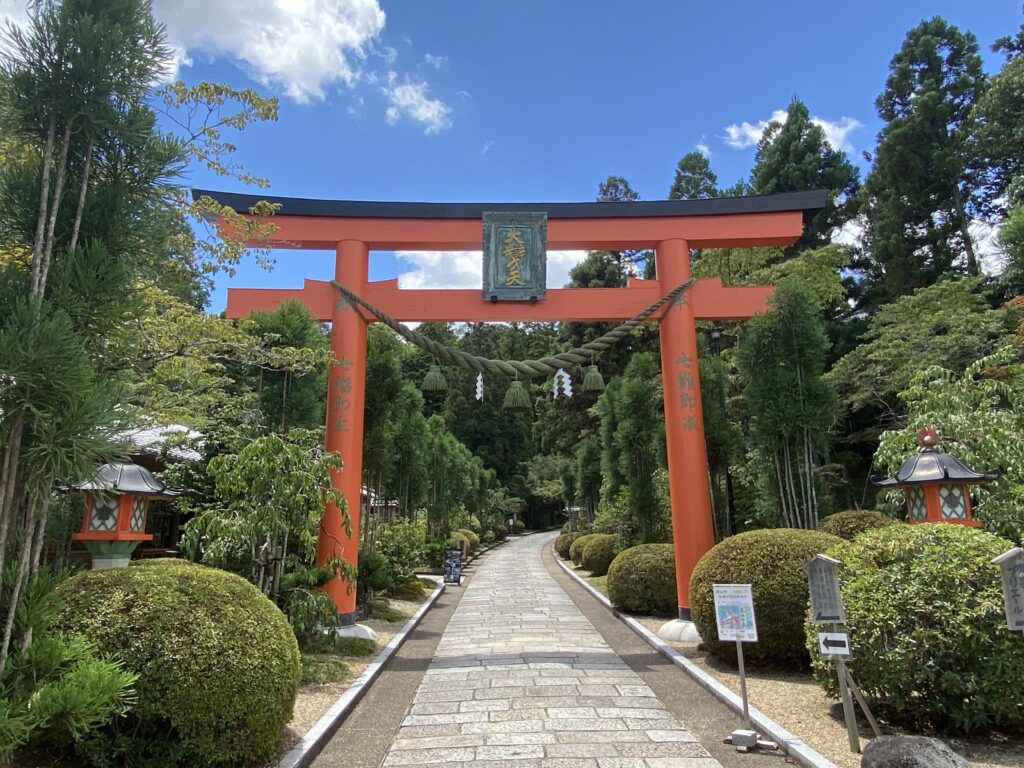
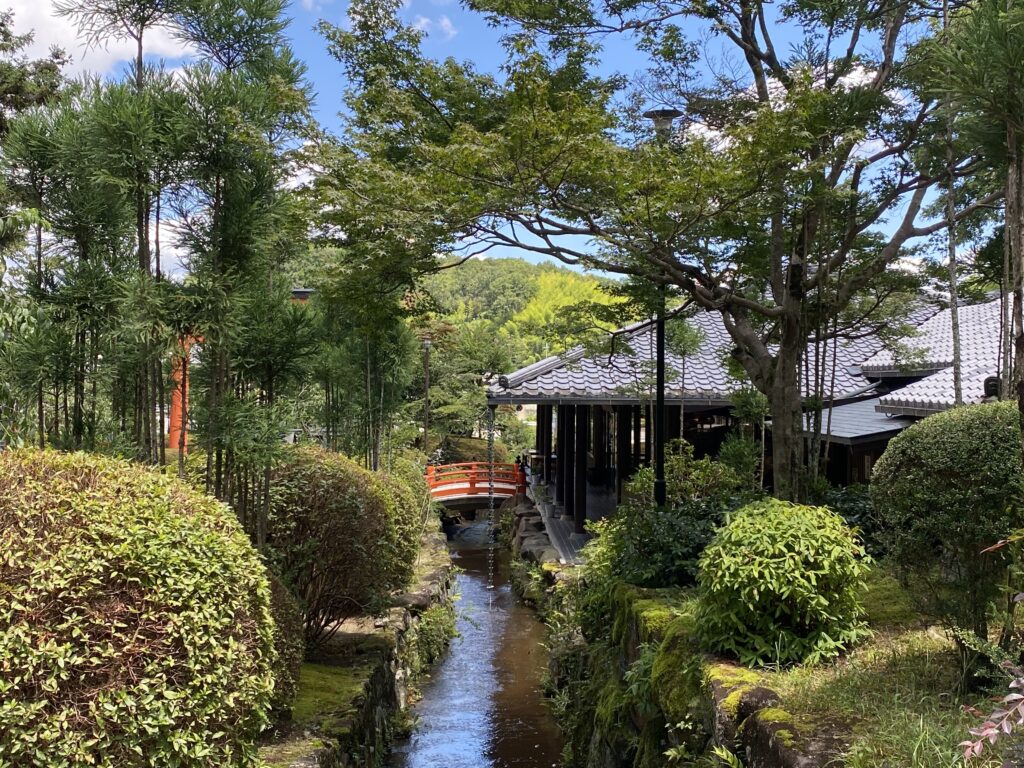
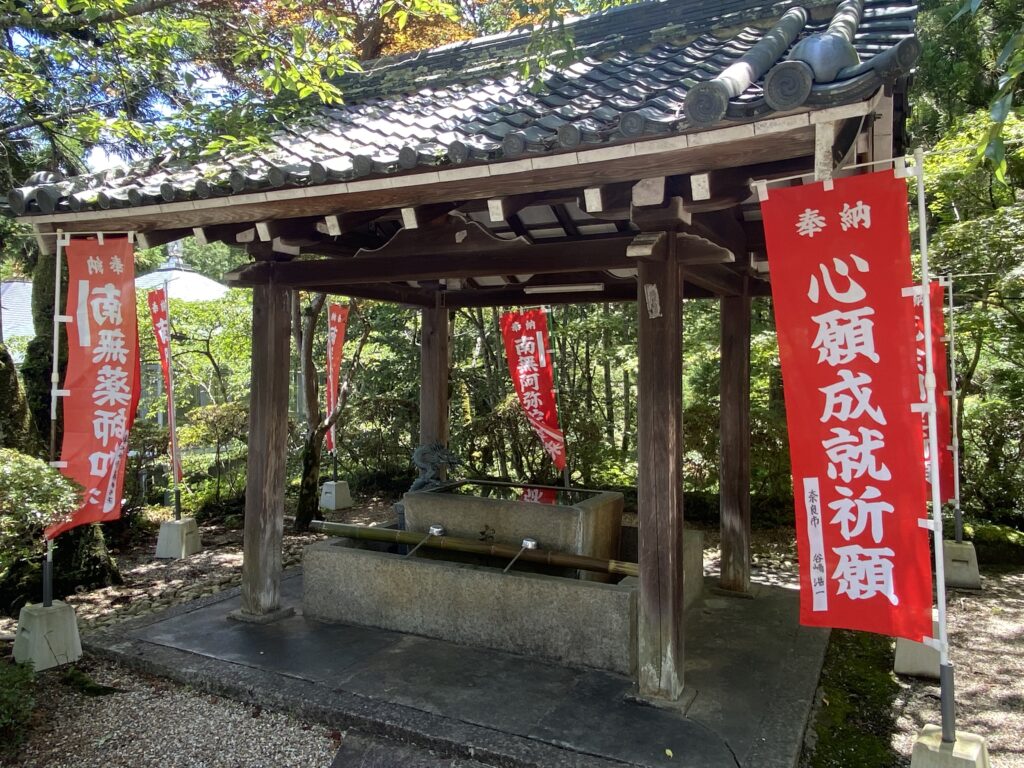
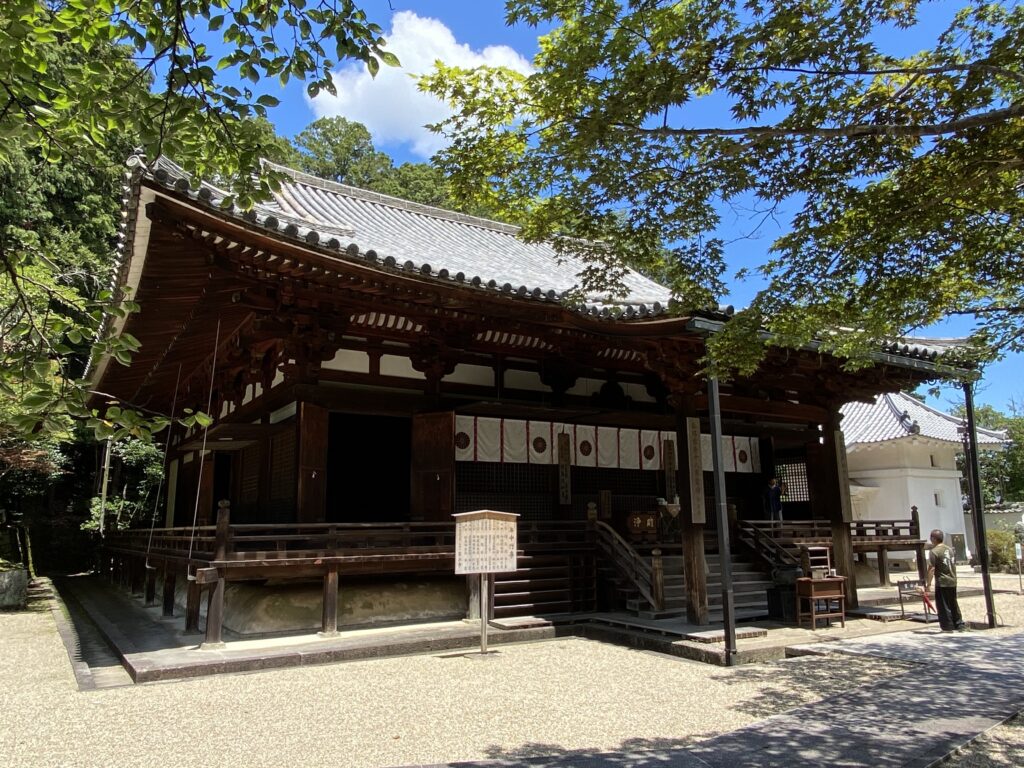
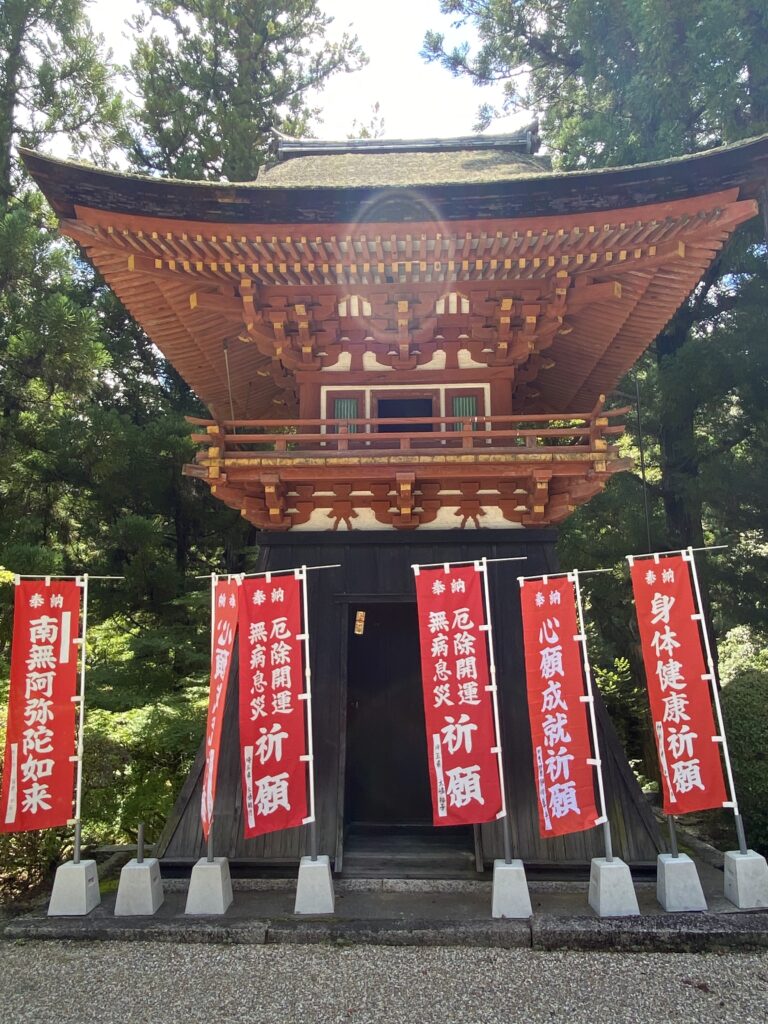
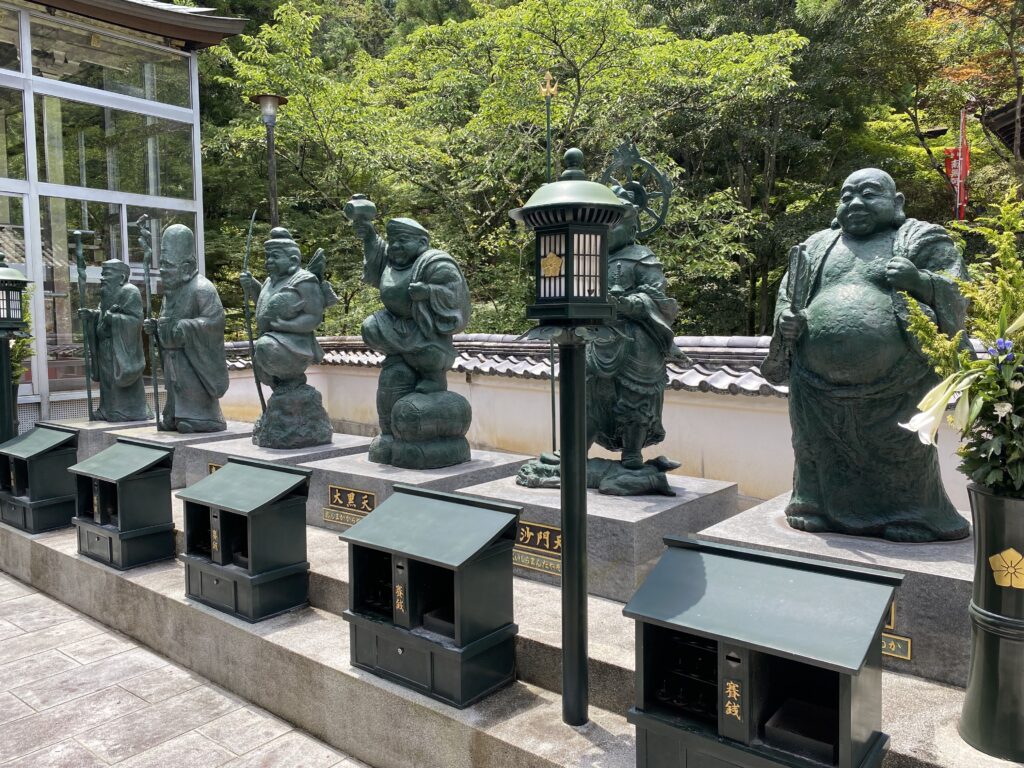
VR Tour
Click here to view the accessible version of this interactive content
Scholarly Sources
- Birnbaum, Raoul. 2005 “Avalokiteśvara.” Encyclopedia of Religion, edited by Lindsay Jones, 2nd ed. vol.2, Macmillan Reference USA, pp. 704-707.
- Hood, Christopher P., editor. 2017. “Japan” The SAGE International Encyclopedia of Travel and Tourism. 4 vols. Thousand Oaks, CA: SAGE Publications, Inc.
- Irons, Edward A. 2008 “Todai-ji.” Encyclopedia of Buddhism, edited by J. Gordon Melton, Facts on File, p. 517.
- Irons, Edward A. 2008 “Bhaisajya-guru Buddha (Medicine-master Buddha, Yaoshifo, Yakushi Nyorai).” Encyclopedia of Buddhism, edited by J. Gordon Melton, Facts on File, p. 44.
- McLaughlin, Levi. 2020. “Japanese Religious Responses to COVID-19: A Preliminary Report.” The Asia-Pacific Journal: Japan Focus 18.3
- Obadia, Lionel, 1 May 2020 “Buddhist “Solutions” and Action in the Context of COVID-19, East and West: Complexity, Paradoxes, and Ambivalences”, Contemporary Buddhism. Accessed 8 Oct. 2023.
- Orzech, Charles D. 2005 “Amoghavajra.” Encyclopedia of Religion, edited by Lindsay Jones, 2nd ed., vol. 1, Macmillan Reference USA, pp. 293-294.
- Zurcher, Erik. “Amitābha.” Encyclopedia of Religion, edited by Lindsay Jones, 2nd ed., vol. 1, Macmillan Reference USA, 2005, pp. 291-293.
